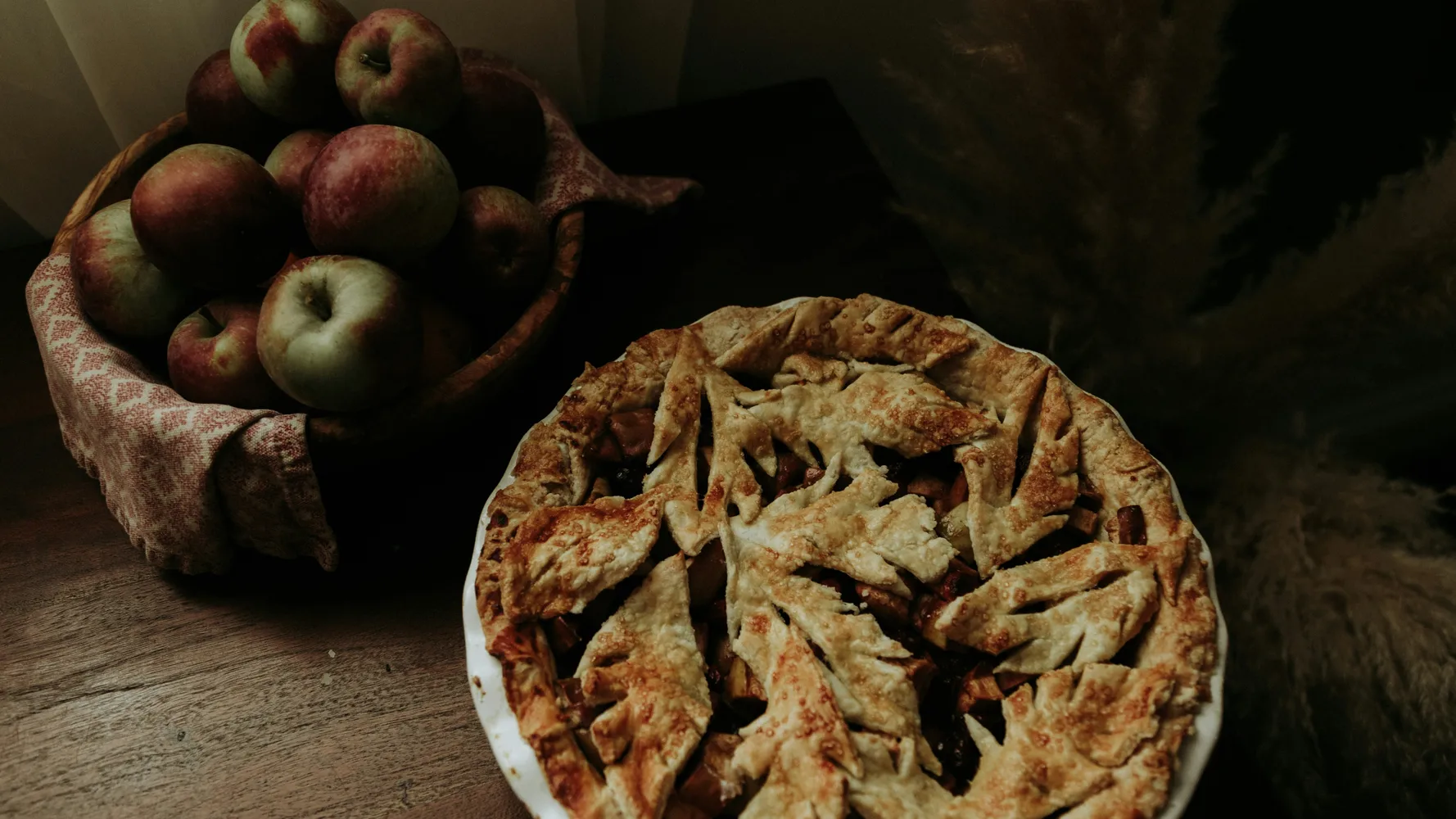By Amy Glover
Copyright huffingtonpost

When it comes to cooking, I find that the “simplest” recipes are often the hardest to perfect.
A poached egg, perfectly juicy chicken, and even a crispy and fluffy jacket potato are all easy to manage but complex to perfect, for instance.
But my Achilles’ heel, I’m afraid, is shortcrust pastry.
I know it should be simple. It only involves flour, butter, and water, after all – but mine always ends up rubbery or chalky, no matter how cold I keep the butter.
Well, no more. HuffPost UK spoke to former Great British Bake-Off finalist Dr Josh Smalley, who’s set to give a talk named The Spooktacular Science of Baking at New Scientist Live on Sunday, 19 October, about the classic.
Here’s how he manages perfect pastry every time:
Ditch your processor
Because the butter used in shortcrust pastry needs to stay cool to keep it tender (or “short” instead of rubbery), some people prefer to mix their dough in a processor or stand mixer.
That way, the heat from your fingers doesn’t transfer to the fat.
But Dr Smalley thinks that the benefits of this method aren’t enough to outweigh the added sensitivity of your fingertips.
“I recommend mixing by hand, as this helps you avoid overworking the dough and keeps gluten development to a minimum, resulting in a crumbly, flaky texture,” he said.
Gluten is the stretchy protein that builds in dough when you knead it. It’s great for foods like sourdough bread, but if you form too much of it when you’re making crumblier recipes like shortbread or shortcrust, it’ll turn chewy.
How can I avoid a “soggy bottom” on my pies?
If you’re working with shortcrust pastry, especially if you’re making a pie, you might be left with that dreaded GBBO disaster – a soggy bottom.
That’s because the mass of the filling prevents the base of your pie from cooking as quickly as it should (and may also keep it wetter for longer).
To prevent this, Dr Smalley revealed, “Another key tip is to blind bake your pastry case before adding the filling. This guarantees the base is cooked properly and helps avoid the dreaded soggy bottom!”
And if your filling is especially runny, he ended, “an egg wash brushed onto the base before adding the filling acts as a seal to keep the pastry crisp”.



